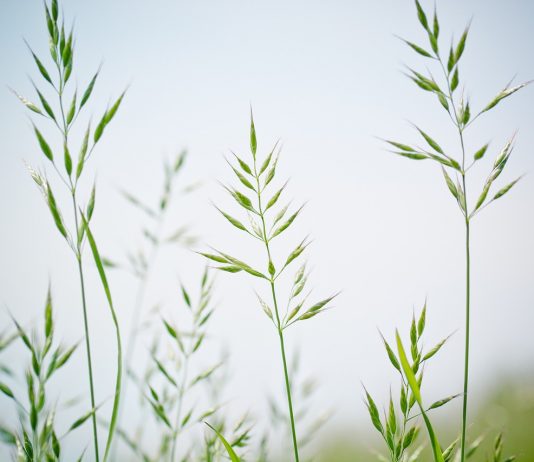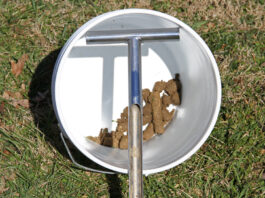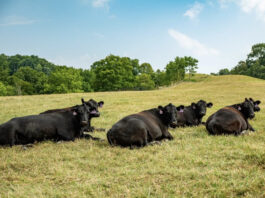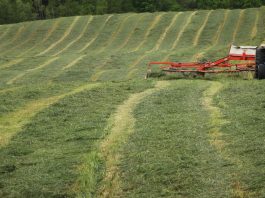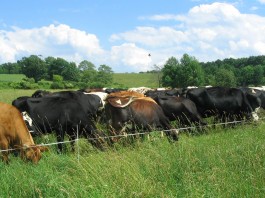Information for selecting forages for reseeding hay fields and pastures
This is the time of year to evaluate your hay and pasture fields to determine if they need to be reseeded. First and foremost, you need to make sure the pH and fertility is adequate for the forages you want to plant. If it is not, the new seeding could germinate then die or never produce to its potential.
All About Grazing: Winter weather nutrition for livestock
For the grazier, winter means dealing with cold temperatures, wind chill, freezing rain and mud. These weather conditions can negatively impact livestock performance and increase the energy requirement of the animal.
A four-letter word to embrace: Plan
Change, no matter how uncomfortable, sometimes causes us to look at our operation and discover that there are more ways to do things than we believed possible.
Even late in season, you can get more forage from fields
Livestock graziers, now is a good time to finish what is left in your hay fields and then utilize forage in stockpiled areas.
Grazing school survey respondents tout the benefits of rotational grazing
For many years, OSU Extension has been conducting one- to five-day grazing schools throughout Ohio. In many cases OSU Extension, USDA/NRCS and local SWCD...
All About Grazing: Now is a great time to manage fescue
Infected fescue is insect, disease and drought resistant. It is also a nitrogen scavenger. This gives it an advantage over other forages, especially on poor soils.
All About Grazing: Preparing for fall and winter forage use
The wet spring and early summer weather has led to many questions regarding hay quality and the factors beef producers should consider when planning their cow wintering programs.
All About Grazing: Be aware of prussic acid and potential damage this fall
After our county fair in August, Athens County hosted the Ohio Forage and Grasslands Council Beef Grazing Tour. One of the discussions during the tour centered on some patches of johnsongrass in a stockpiled field of fescue.
It takes nutrients to grow forage
Proper soil nutrients are required for forage plants to maximize growth. Data indicates our forage plants use 20+ elements to live and grow. All...
Hay delays this spring cause forage quality concerns for producers
Frequent rain has delayed first cutting hay harvest this spring. Unfortunately, delayed hay harvest has a direct negative impact on the value of forages. So how did the forage change?






